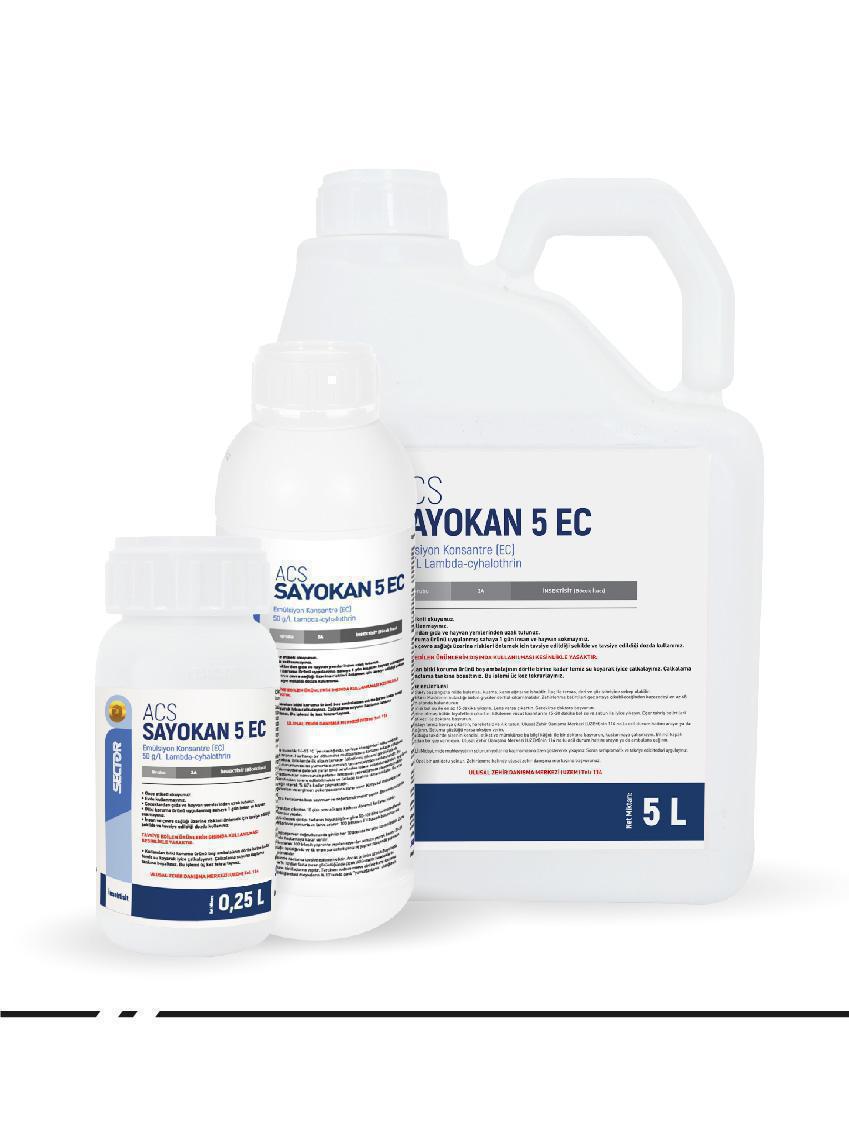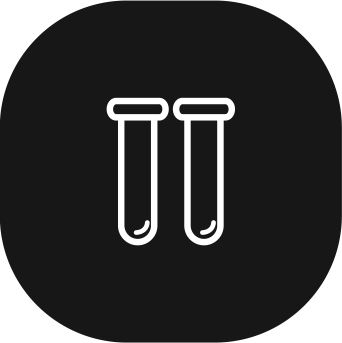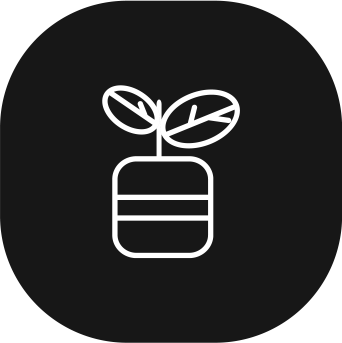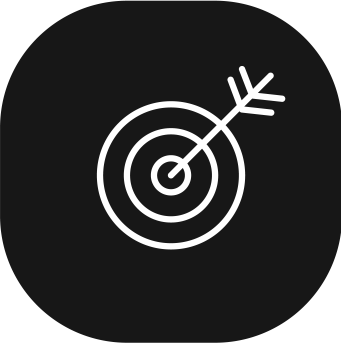
ACS Sayokan 5 EC
Category: Crop Protection
Product Group: Insecticide (Insecticide)
Active Agent: 50 g/L Lambda-cyhalothrin
Formulation: Emulsion Concentrate (EC)
Cotton - Old World Bollworm: Old world bollworm eggs and larvae are counted by checking all randomly selected plants with a row length of 3 m, and if there is an average of 2 larvae in 3 m row length, the application is decided. Cotton-Two Spotted Spider Mite: Surveys begin when plants have 4-6 leaves in order to determine the control time. If the pest is only locally visible at the field edge and inside the field, only these parts should be sprayed with specific insecticides. In the surveys carried out in case the pest spreads to the whole field, if the density reaches 5 red spider mites are found per leaf in the Mediterranean region and 10 in the Aegean and Southeastern Anatolia regions, coating spraying should be carried out. Apple-Codling Moth: The spraying should be done according to the prediction and early warning system. The objective in codling moth control is to kill the hatched larvae before they enter the fruit by treating the trees with insecticides during the emergence of the larvae of each generation. Apple-Apple Ermine: It is sprayed when 4 groups of larvae have penetrated the epidermis or formed webs in a bouquet of 100 leaves to represent the garden. European Grapevine Moth: Application times are determined according to the prediction-warning system. For the application of larvicide, the number of moths caught in the traps should peak and then decrease; in the first generation, the total effective temperature total should be 120 days-degrees, the twilight temperatures should be 15 °C and above for 2 consecutive days, and this should remain so in the following days. The total effective temperature should reach 520 days-degrees in the 2nd generation and 1047 days-degrees in the 3rd generation, the phenology of the vine should be flower bud in the 1st generation, unripe grape in the 2nd generation and beginning of sweetening in the 3rd generation. When the first larval emergence is seen, the application is decided. An application is made in each generation. Corn - Corn Borer and Stalk Borer: Application is made when the first egg is detected. After the first application, 2 more applications are performed at 15-day intervals. Corn - Cutworm - Seed Spraying: This protective method is applied for protection purposes before the seeds are sown in places with high pest density. Whole grain feed application: In the fields where the pest is likely to occur, chemical control is carried out in the fields where there are at least 2 bitten plants in 3 m long rows in 10 different places. Potato-Potato Beetle: When the average daily temperature reaches 14-15 0C, the field is entered in the direction of diagonal lines and eggs, larvae, and adults of the pest are searched. If any of them is found, this means that the field is contaminated. If the first generation is to be sprayed, it should be done when the first mature larvae (4th period) are seen on the plants. If the second generation is sprayed, egg hatching must be completed. Since the plant can tolerate damage due to insect density during this period, spraying may not be necessary. However, the research has shown that 20% of the damage caused by the potato beetle to the leaves of the potato plant can be tolerated by the plant and there is no decline in the product. Depending on the phenological period and development of the plant, this rate can be up to 40%. Sugar Beet - Tortoise Beetle: Both larvae and adults damage sugar beet. Chemical control can be applied to all stages. Wheat - Sunn Pest: After the appearance of the sunn pests in the fields, some counts and assessments are made in the fields. Asa result of this, chemical control is decided. Wheat-Grain Weevil: Spraying is carried out 10 days after emergence from the soil (bolting period). Wheat - Cereal Ground Beetle: Surface is sprayed. Tomato - Old World Bollworm: The field is entered in the direction of the diagonal lines and depending on the size of the field, 50 to 100 plants are checked, and eggs and larvae are looked for on the flowers, leaves, stems, fruits and shoots of the plants. When 5 out of 100 plants are infested, application is carried out. Cabbage - Diamondback Moth: The field is entered in the direction of the diagonal lines, a plant is checked every 10 steps. Spraying is decided when signs of harm are high. Pistachio-Pistachio psyllid: If 20-30 per leaf are found in weekly counts on 100 combined leaves, spraying should be performed before most eggs hatch and before the first adult parasitoids appear and form a sticky layer (fumagine) on the leaf surface. Olive - Olive Kernel Borer: Spraying should not be recommended in the antophagous generation of the pest. However, if more than 10% damage to leaves and new shoots is observed at the beginning of the season in years with low harvest, spraying is carried out for the antophagous generation 7-10 days after the appearance of the first moths in the antophagous generation. Preferably, spraying should be carried out only for antophagous generation. Spraying is carried out when there are live “eggs + larvae” in 10% of the controlled lentil-sized fruits. Hazelnut - Nut Weevil: It is necessary to spray the gardens with insecticides during the period when the adult insects begin to cause economic damage. Spraying should be carried out when more than half of the predominant varieties in the garden have reached the size of lentils (3-4 mm). A survey should be conducted to determine the density of the adults. It should be done in the early morning or evening on calm, windless and rainless days.
| Plant Name | Harmful Organism Name | Application dosage | Time Between Last Application and Harvest |
| Cotton | *Old World Bollworm | 150 ml/da | 7 days |
| (Helicoverpa armigera) | Larvae, egg | ||
| **Two Spotted Spider Mite | 50 ml/da | ||
| (Tetranychus urticae) | nymph, adult | ||
| Apple | Codling Moth | 20 ml/100 L water | 3 days |
| (Cydia pomonella) | larvae | ||
| Apple Ermine | 10 ml/100 L water | ||
| (Yponomeuta malinellus) | larvae | ||
| ***Vineyard | European Grapevine Mot | 20 ml/100 L water | 7 days |
| (Lobesia botrana) | larvae | ||
| Corn | Stalk Borer | 30 ml/da, larvae (3 applications at 15-day intervals) | 14 days |
| (Sesamia spp.) | |||
| Corn Borer | 30 ml/da, larvae (3 applications at 15-day intervals) | ||
| (Ostrinia nubilalis) | |||
| Cutworm | 50 ml/da | ||
| (Agrotis spp.) | larvae | ||
| Potatoes | Potato beetle | 40 ml/da | 3 days |
| (Leptinotarsa decemlineata) | Larvae, Adult | ||
| Sugar | Tortoise Beetle | 25 ml/da | 3 days |
| Beet | (Cassida spp.) | nymph, adult | |
| Wheat | Sunn Pes | 20 ml/da, (stage 1-3 and 4-5 nymph) | 14 days |
| (Eurygester sp) | |||
| Grain Weevil | 25 ml /da | ||
| (Pachytchius sp) | Adult | ||
| Cereal Ground Beetle | 50 ml/da, larvae | ||
| (Zabrus spp) | (Surface application) | ||
| Tomato | Old World Bollworm | 50 ml/da | 3 days |
| (Helicoverpa armigera) | larvae | ||
| Cabbage | Diamondback Moth | 25 ml/da | 2 days |
| (Plutella maculipennis) | larvae | ||
| Pistachio | Pistachio psyllid (Agonoscena pistaciae) | 20 ml/100 L water | 3 days |
| Nymph | |||
| Olive | Olive Kernel Borer | 15 ml/100 L water | 3 days |
| (Prays oleae) | larvae | ||
| Hazelnut | Nut Weevil | 50 ml/da | 7 days |
| (Curculio nucum) | Adult |


 Türkçe
Türkçe  English
English  Russian
Russian  Arabic
Arabic  Germany
Germany  French
French  Spanish
Spanish 








